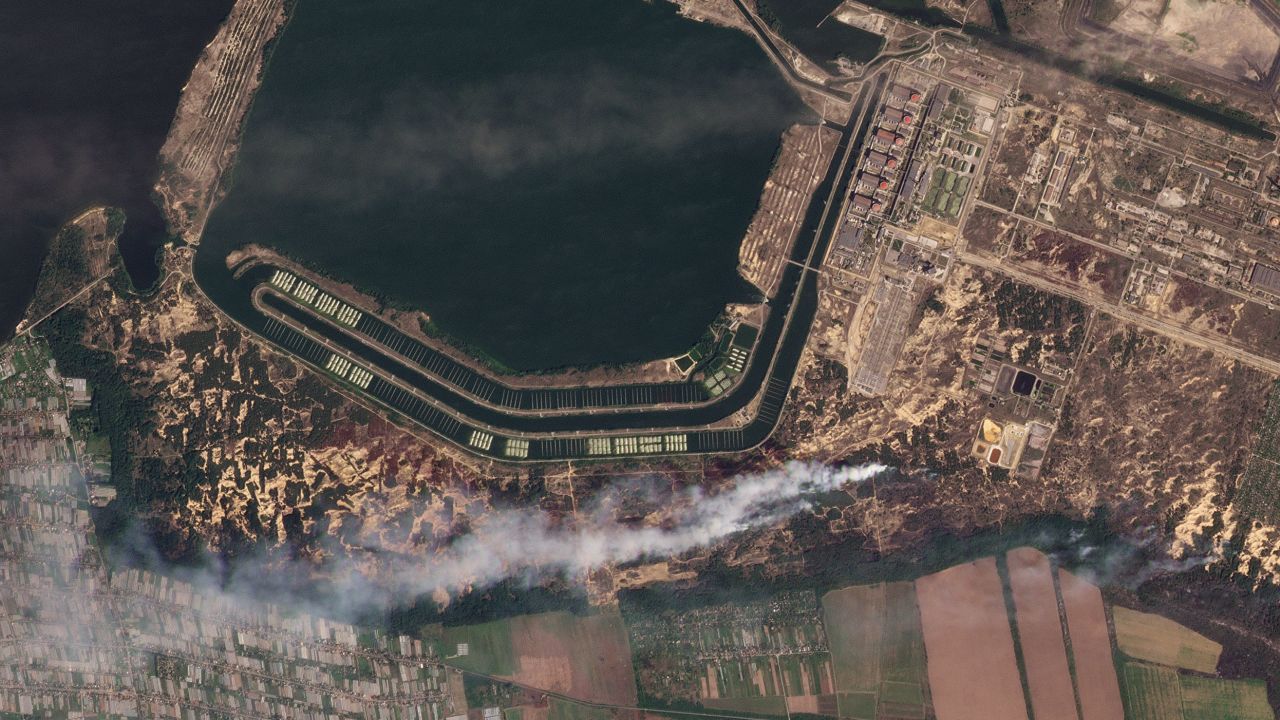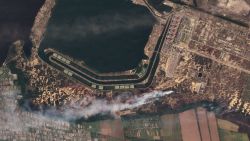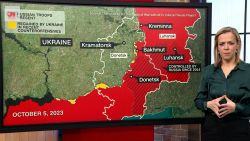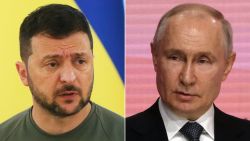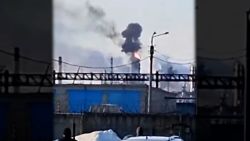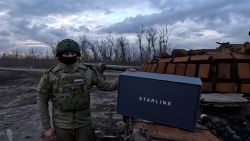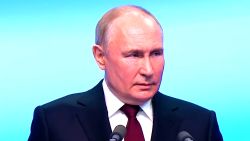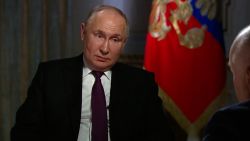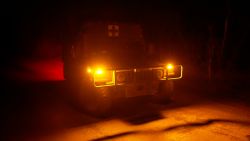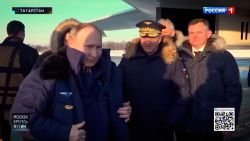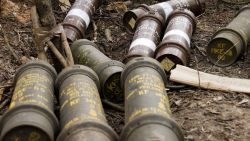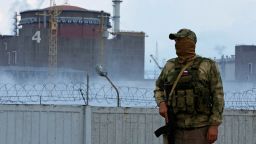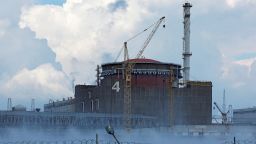International Atomic Energy Agency (IAEA) inspectors are expected to go to the Russian-held Zaporizhzhia power plant later this week, as the city’s authorities made iodine pills available to residents due to fears over a possible nuclear accident.
On Monday, IAEA chief Rafael Grossi confirmed he is leading a team from the United Nations’ nuclear watchdog that will visit the facility in the coming days.
He said on Twitter that the “day has come” and that the mission “is now on its way. We must protect the safety and security of #Ukraine’s and Europe’s biggest nuclear facility,” Grossi tweeted Monday.
Both Ukrainian and Russian officials welcomed the forthcoming trip, with a Russian diplomat on Monday saying the mission consisted “of about a dozen employees of the agency’s secretariat dealing with safeguards and nuclear safety issues” as well as a large team of UN staff dealing with logistics and security, according to Russian state media RIA Novosti.
Kremlin spokesperson Dmitry Peskov later told journalists on Monday that the IAEA’s mission will enter the nuclear plant from the Ukrainian side.
Both Ukraine and Russia said they would ensure the mission’s safety in the territory it controls. “We can guarantee [security] only on our territory,” Oleksandr Starukh, head of the Zaporizhzhia region military administration, said on Monday.
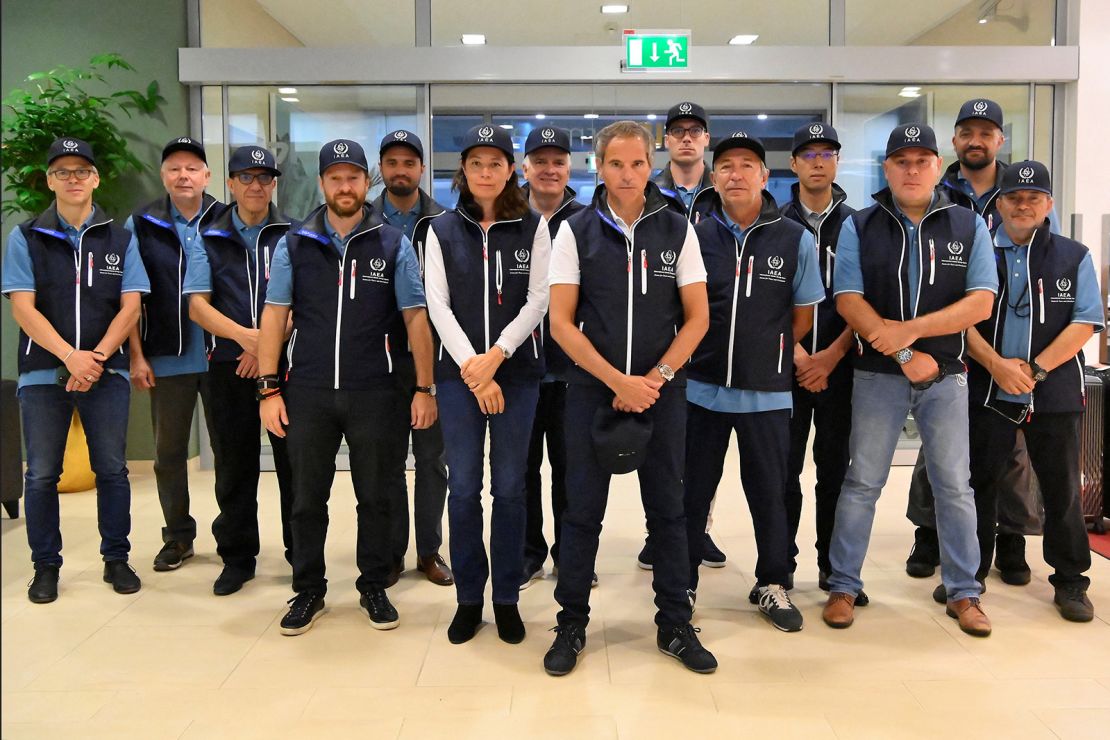
The New York Times had previously reported that Grossi was a member of the team participating in the expert mission. The Times says it saw Grossi on a list of names, which also included “13 other experts from mostly neutral countries.”
“Neither the United States nor Britain, countries that Russia scorns as unfairly biased because of their strong support for Ukraine, is represented,” the Times reported.
When CNN reached out to the IAEA on Sunday about the makeup of the expert mission, the nuclear watchdog declined to comment, saying it would not make such information public and that “all IAEA missions have members from different Member States, selected on the basis of their relevant expertise. They are international civil servants representing the IAEA, not their countries.”
The IAEA’s announcement comes as both Russia’s Defense Ministry and Ukraine’s nuclear operator Energoatom said Saturday that the site of the Zaporizhzhia nuclear power plant was shelled repeatedly over the past 24 hours, blaming each other for the strikes. It comes days after the plant reconnected to Ukraine’s electricity grid after it went offline for the first time in its history.
Concerns over a possible nuclear accident saw Zaporizhzhia city authorities handing out iodine pills to residents. A total of 4,029 people had collected the tablets in the three days since the scheme launched on August 23, according to authorities.
The pills protect users against radioactive iodine and help prevent thyroid cancer in case of a nuclear accident.
Ukraine’s nuclear operator Energoatom advised on Sunday that in the event of such an incident residents in areas potentially under threat should “carry out iodine prophylaxis and limit their stay in open areas without an urgent need,” as well as sealing doors and windows, and turning off air conditioners.
Energoatom added, in a Telegram post, that according to Monday’s wind forecast, if a severe nuclear accident were to happen, the radiation cloud “will cover part of the south of Ukraine and the southwestern regions of Russia.”
Ukrainian officials have repeatedly called for Russian forces to leave the power plant. On Monday, Ukraine’s Foreign Minister Dmytro Kuleba reiterated his demand for the Russians to go, saying it would be the “only way” to ensure nuclear security.
“We expect from the (IAEA) mission a clear statement of facts of violation of nuclear safety protocols. We know that Russia is putting not only Ukraine but also [the] entire world at threat, at risk of nuclear accident,” Kuleba added at a press conference in Stockholm.
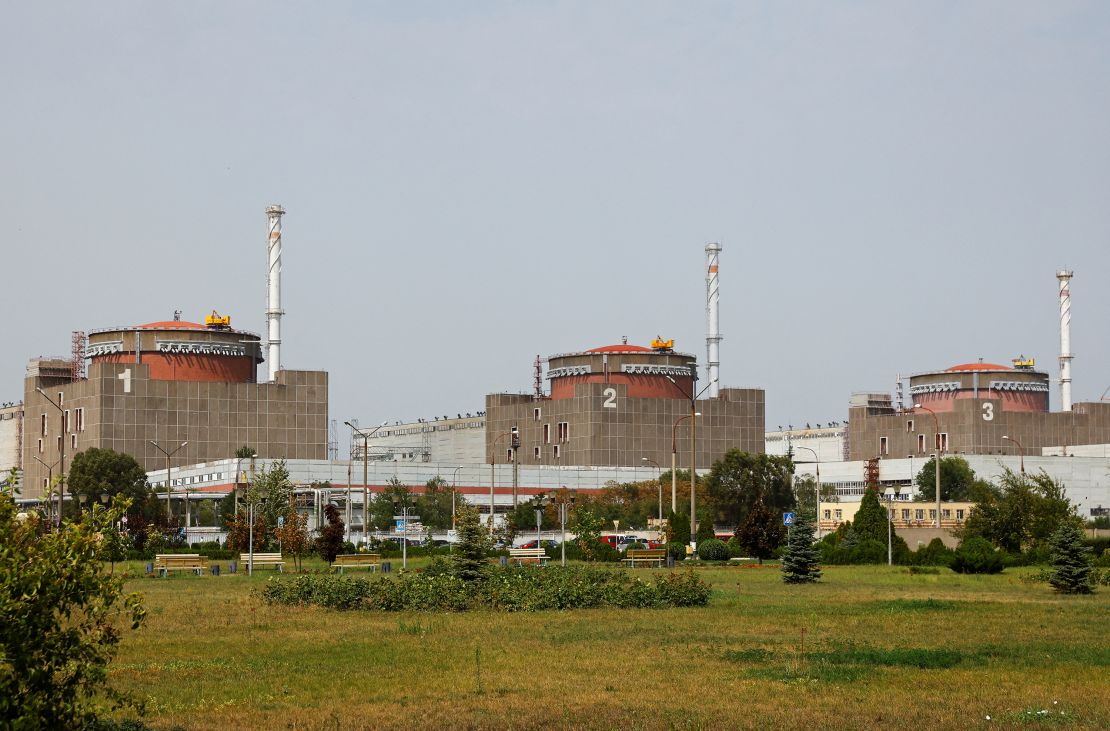
Ukraine has been accusing Russia of using the plant as cover to launch attacks, knowing that Ukraine can’t return fire without risking hitting one of the plant’s six reactors. Moscow, meanwhile, has claimed Ukrainian troops are targeting the site.
On Sunday, the Russian Ministry of Defense blamed Ukraine, again, for continuing “provocations in order to create a threat of a man-made nuclear disaster” at the plant. Russian Foreign Ministry spokeswoman Maria Zakharova on Sunday called Ukraine’s actions around the plant “nuclear terrorism.” She added that Russia believes the IAEA inspection of the power plant will take place and that Russia was not “persuaded” into allowing the inspection.
Russian attacks have been ongoing in the wider Zaporizhzhia region. Starukh, head of Zaporizhzhia Region Civil Military administration, said Russian shelling in Zaporizhzhia’s Tavriyske village destroyed 15 houses. Starukh also said that a day before police received reports of shelling on a four-story residential building in the village of Kamianka in Zaporizhzhia oblast’s Pology district – leading to the death of four civilians, including two minors.
The Russian Ministry of Defense said Sunday that it hit the Motor Sich plant in Zaporizhzhia where Ukrainian military helicopters are repaired. Ukrainian officials have not commented on this claim and Ukraine does not comment on military losses. CNN cannot independently verify this claim.
CNN’s Anna Chernova and Lauren Kent contributed to this report.

